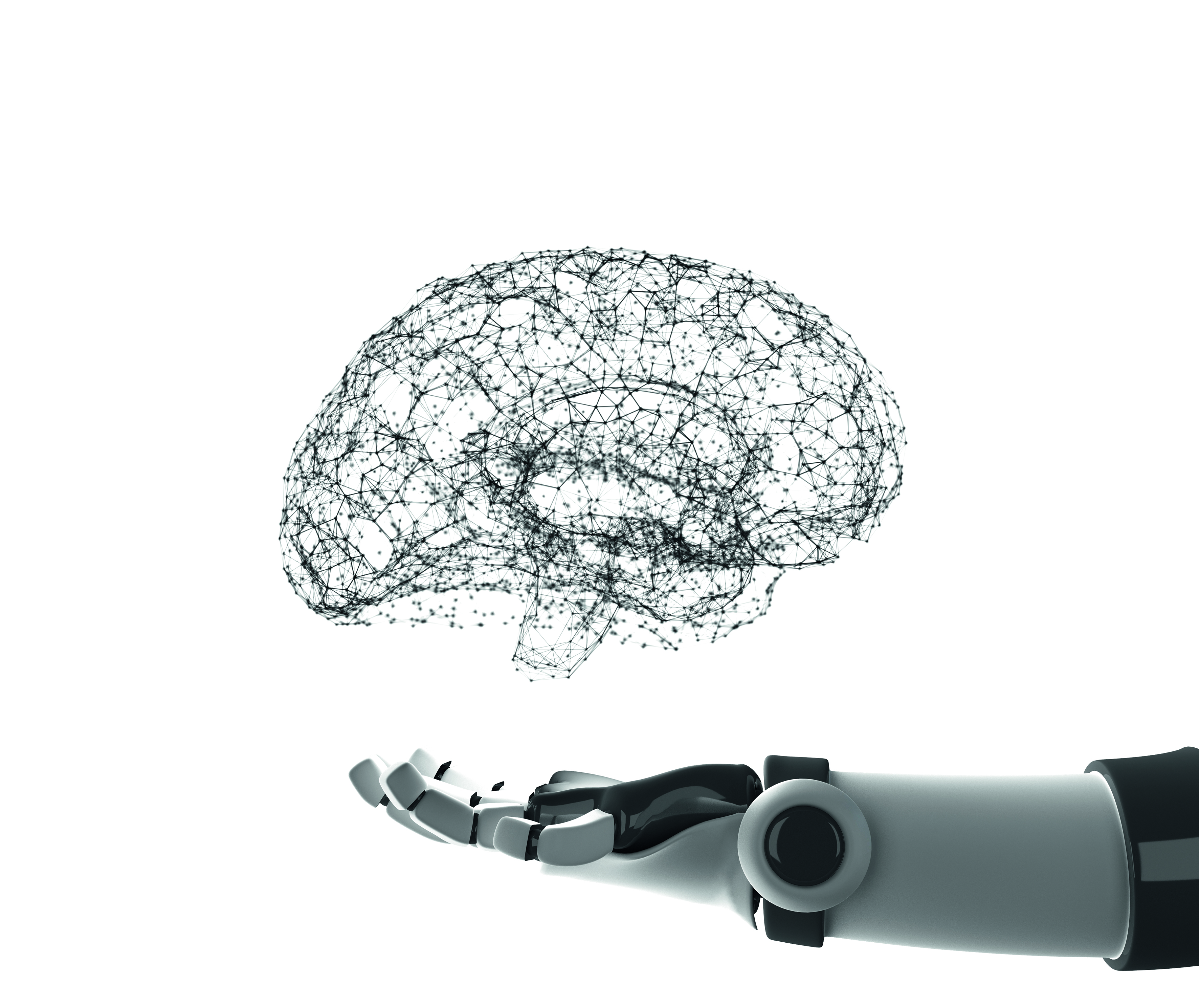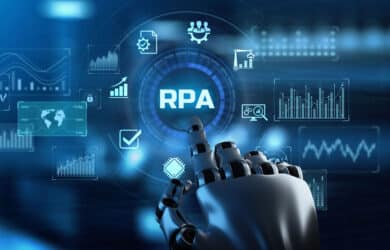Machine Learning (ML) refers to IT systems that can independently find solutions to problems by recognizing patterns in available data.
Here’s how it works in detail:
The perceptron, the ancestor of a neural network, was already developed by Rosenblatt in 1958. A single perceptron can only learn very simple linear relations, it already fails with an X-or operation. Today, there are very advanced deep neural networks, such as Convolutional Neural Networks (CNNs), which are mainly used in image recognition. Concepts on Recurrent Neural Networks (RNNs) emerged in 1997, which together with their successor architectures are used for speech recognition and time series analysis, among other applications.
However, ML systems have only really arrived in corporate practice a few years ago, as ML systems place great demands on data volumes, computing power and experience. With increasing computing power through parallelization (GPU programming), big data availability, and easier accessibility through software libraries or free cloud services (such as Google’s Colab link), Machine Learning (ML) is now becoming immensely relevant as a practical technology. At the same time, development is not resting; current advancements such as GANs (2014), Transformer (2017), or BERT (2018) show that the technological potential has not yet been exhausted.
Along with the high investments of US technology companies such as Microsoft, Google, amazon and Co., AI and ML are also becoming increasingly relevant for European and German companies, which is why Consileon is focusing its services there.



